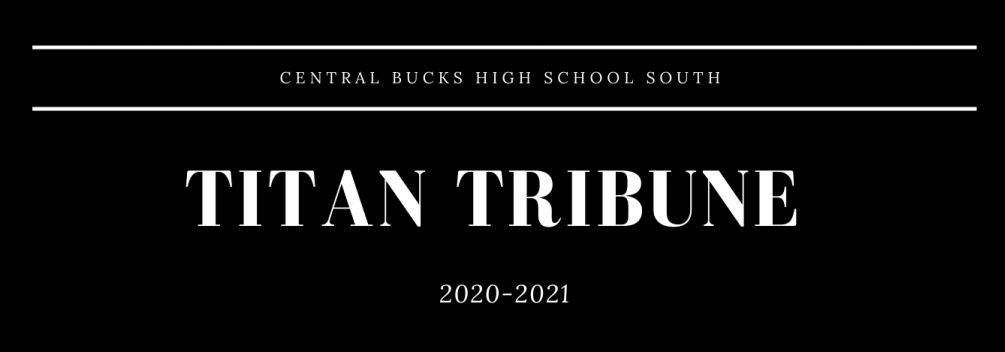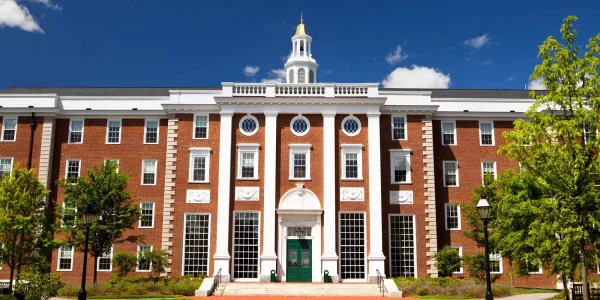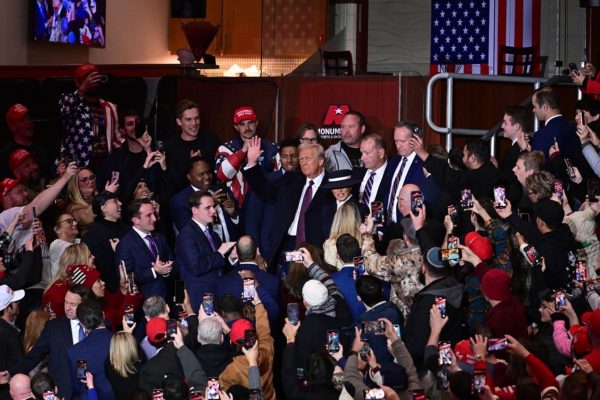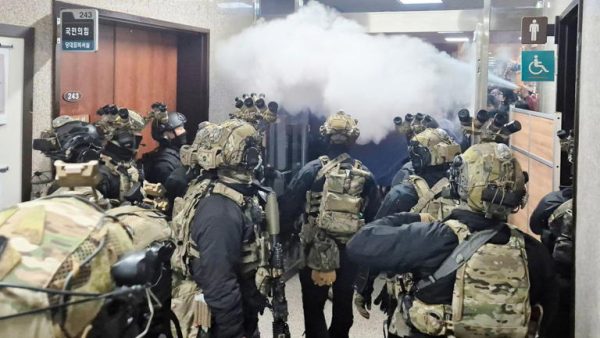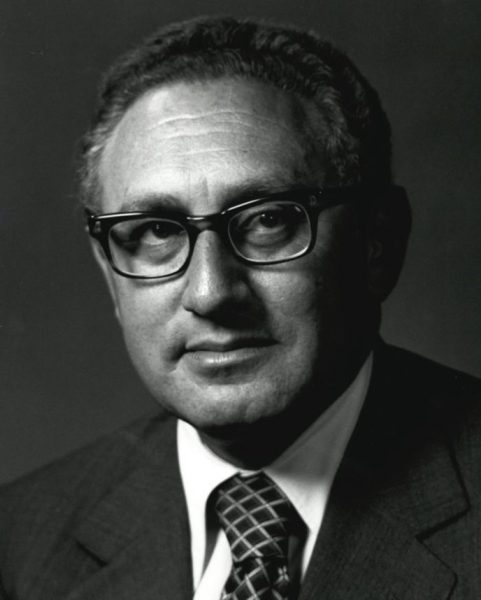Inflation: What is the government doing about it?
In a press conference on Wednesday, President Biden expressed support for Federal Reserve Chairman Jerome Powell’s plan to combat inflation. Biden said, “Given the strength of our economy and pace of recent price increases, it’s appropriate – as Fed Chairman Powell has indicated – to recalibrate the support that is now necessary.”
During the height of the pandemic, the Fed printed trillions of dollars to encourage consumers to buy. As of December, inflation has reached 7%, the highest seen since 1982, so the Fed plans to start tightening its monetary policy in addition to shrinking its bond portfolio.
Powell’s loose spending during the pandemic has been criticized by both sides of the aisle, with many saying too much money was introduced into the economy. Economists now worry that the sudden contractionary monetary policies will further weaken the economy.
During the press conference, Ken Thomas, a White House correspondent for The Wall Street Journal, asked Biden, “If you’re relying on the Fed to make decisions and you are unable to get a Build Back Better proposal through, aren’t you simply limited in what you can do to deal with inflation?”
It does seem like the government is not equipped to handle inflation as well as the Federal Reserve, though neither seemed particularly prepared for the increase in the first place.
Inflation was brushed aside as inconsequential during its earlier phases. It was a problem that would resolve itself as soon as trade returned to normal; now, the government and the Fed are scrambling to control it as dissatisfaction rises among the American people. Everything from meat to gas prices have gone up, and both consumers and producers are feeling the effects of inflation.
Rising inflation has been primarily attributed to supply issues. Each wave of Covid shuts down factories, freezes ports, and makes it harder to transport goods to their destinations.
Biden’s 1.9 trillion-dollar Coronavirus relief package has been blamed for worsening the demand issues. During the pandemic, people’s spending shifted away from services towards goods. The money provided by the relief package has worked all too well, as a high demand for certain goods has been created, while supply has only been bottlenecked by shipping and distribution issues.
The US imports more than it exports, so many of these demanded goods need to make it across national borders. In countries where trade has grinded to a halt, the US is unable to obtain enough materials to efficiently produce certain goods. This includes car parts and computer chips, which are placing used cars in high demand.
Stimulus checks, while necessary for those truly suffering financially during the pandemic, have encouraged many not to return to their jobs. Smaller businesses are having difficulty finding desperately needed employees. They’ve been forced to raise wages as incentives, even as factors of production grow more expensive.
A part of the Fed’s plan will be interest rate hikes, as they are commonly used in contractionary monetary policy to slow the economy. Goldman Sachs, an American financial services company, projects four interest rate hikes this year, which will affect the loans made by businesses and individuals. While most officials in the Fed forecast only three, some economists believe that more will be needed to truly combat inflation.
In the end, the Fed has the most control over what will happen to the 7% inflation rate. The government has already addressed – and somewhat worsened – the financial crisis by overheating the economy. The Fed will need to tread carefully when dealing with inflation, as the employment and wellbeing of millions of Americans rest in their care.

